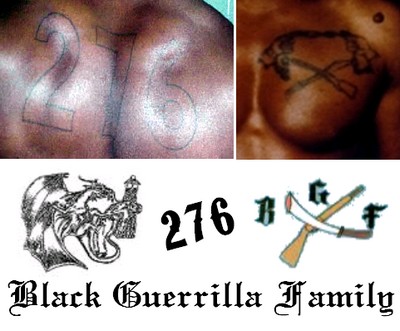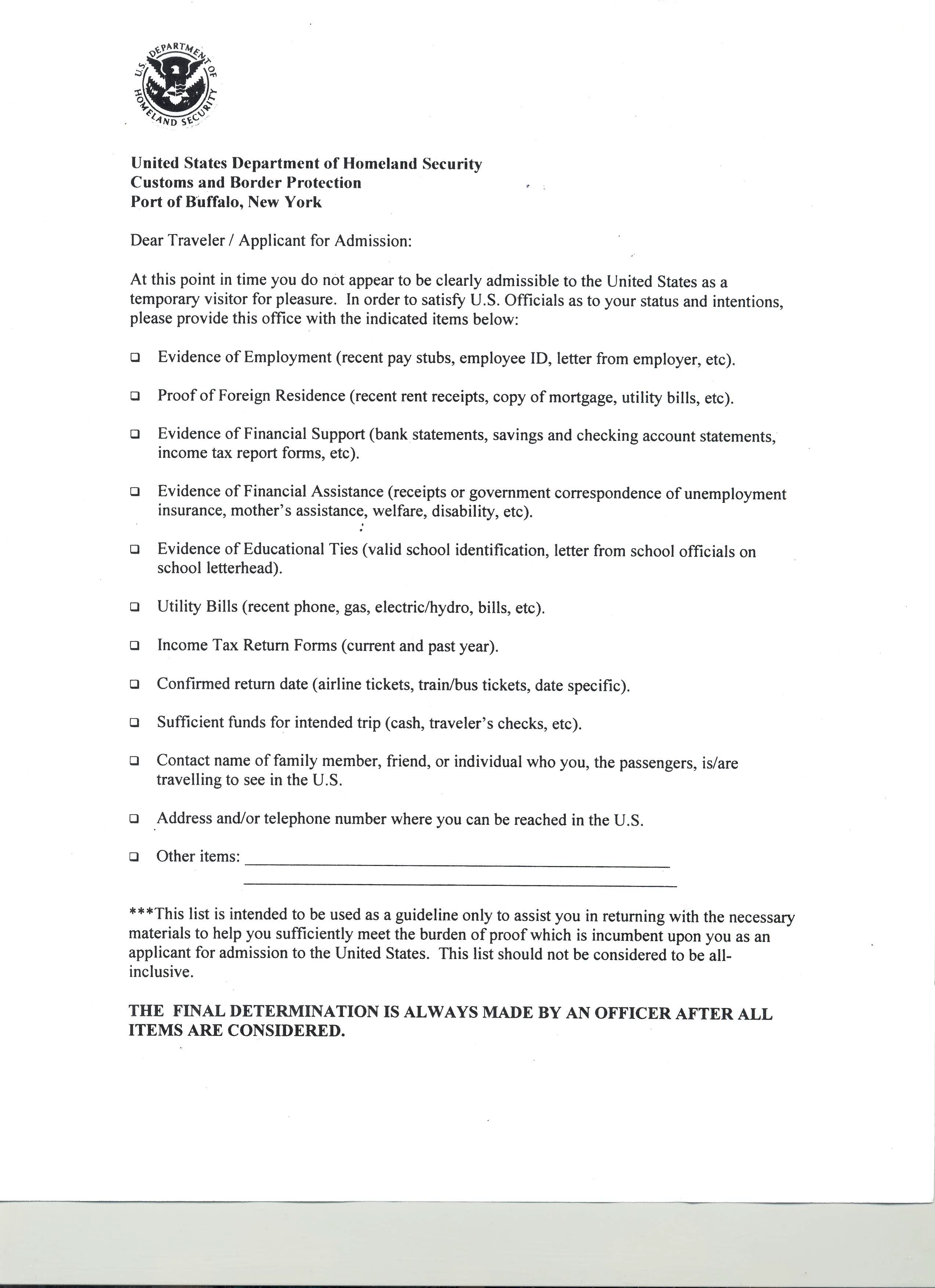Warning issued for prison guards, officers about possible attacks from ‘Black Guerilla Family’
A previous version of this story incorrectly identified Jerry Elster as a former member of BGF. We regret the error. He currently works as the Healing Justice Coordinator for American Friends, a Quaker organization devoted to service, development and peace programs throughout the world.
An urgent bulletin is going out to law enforcement Wednesday, warning of a new threat of attacks against officers on the street and in prisons.
It has to do with what’s called Black August.
I-Team Reporter Dan Noyes has a source in law enforcement that leaked the bulletin to him. He wants you to understand the potential dangers officers are facing. In his words, when it hits the fan, you’ll know the reason why.The Federal Bureau of Prisons, Sacramento Intelligence Unit and the FBI’s National Gang Intelligence Center have issued a bulletin to law enforcement, warning of increased risk for violence during Black August.
The prison gang Black Guerilla Family or BGF started Black August in the 1970’s as a month to honor fallen members.
One of the biggest, Hugo Pinell served 46 years in solitary confinement after a San Francisco rape conviction, after killing a prison guard, and slashing the throats of two other guards who survived during an escape attempt in 1971.
Former San Quentin inmate Jerry Elster remembers Pinell as a freedom fighter. “When I went to prison at 20 years old, there was somebody there to remind me not to compromise my integrity,” Elster said.
Last summer, just 12 days after corrections finally released Pinell from solitary, he was stabbed to death in a riot at state prison Sacramento.
The bulletin says the Black Guerilla Family believes state prisons worked with the Aryan Brotherhood to Kill Pinell.
At the very least, Elster believes the state had a duty to protect Pinell. “I mean, it’s only those who are charged with authority and protection, of protecting and housing of Hugo Pinell who have to bear that responsibility,” Elster said.
The bulletin warns an inmate source: “Claims the BGF has a 2-for-1 kill policy.” That the BGF is “going to kill correctional officers and Aryan Brotherhood gang members to send a firm message. And the attacks will occur across the country, not just in California, and will likely occur during the BGF’s memorial celebration of Black August.
The Bureau of Prisons and the FBI declined to comment for this report, so I showed the bulletin to retired FBI special agent Rick Smith. “I think it’s serious. They put that bulletin out, they don’t want to be caught with something happening with the information they have and not disseminating it,” he said.
Also included in the bulletin is the FBI’s Baltimore office reports, “BGF members reportedly discussed how they could ambush law enforcement officers who were parked in alleys or side streets.”
Related reading: The Black Book in .pdfIt also mentions the San Francisco Bay View newspaper for publishing articles, “suggesting California Department of Corrections and Rehabilitation responsibility for Pinell’s murder, and promoting Black August celebrations as a platform for action.”
Bay View editor Mary Ratcliff is surprised her newspaper is named in the bulletin, but is worried about the message. “This statement from the department of justice puts black people in danger,” Ratcliff said. “Because it is promoting the idea that there is a war going on between black people and law enforcement.”
The bulletin also includes a drawing from the newspaper by a BGF member, showing the logo and a gorilla eating a pig.
Ratcliff downplays the reference to violence against police officers. “A depiction like that is a release, it’s yeah, go for it, that’s how I feel. Now, I don’t have to do it,” she said.
Smith from the FBI tells me this bulletin does not come as news to officers, in prison or on the streets. They know how dangerous their jobs have become. This is yet another heads up.
*****
Gang Profile
Symbols: Crossed sabers, machetes, rifles with the letters BGF, 276, a horned dragon wrapped around a prison tower
Ranking structure: Paramilitary
Territory: California and selected areas around the United States
Alliances: Nuestra Familia, Crips and Bloods
Members: 9,000
Racial make up: Black
Threat: High
The Black Guerrilla Family (BGF) prison gang, founded in 1966 in the San Quieten State Prison in California. The BGF was founded by George Lester Jackson, W.L. Nolen, David Johnson, James Carr, and other black convicts in the state prison at the time. This gang has become not only active in California but Maryland as well. BGF members are very influential within the prison system and are known to recruit correction facility staff to aid them in their illegal activities.
Black Guerrilla Family Oath
If I should ever break my stride, or falter at my comrade’s side, this oath will kill me
If my word should ever prove untrue, should I betray the chosen few, this oath will kill me
If I submit to greed or lust or misuse the people’s trust, this oath will kill me
Should I be slow to take a stand or show fear of an man, this oath will kill me
If I grow lax in discipline, in time of strife refuse my hand, this oath will kill me
Long live the spirit of George Jackson, long live the spirit of the Black Guerrilla Family




